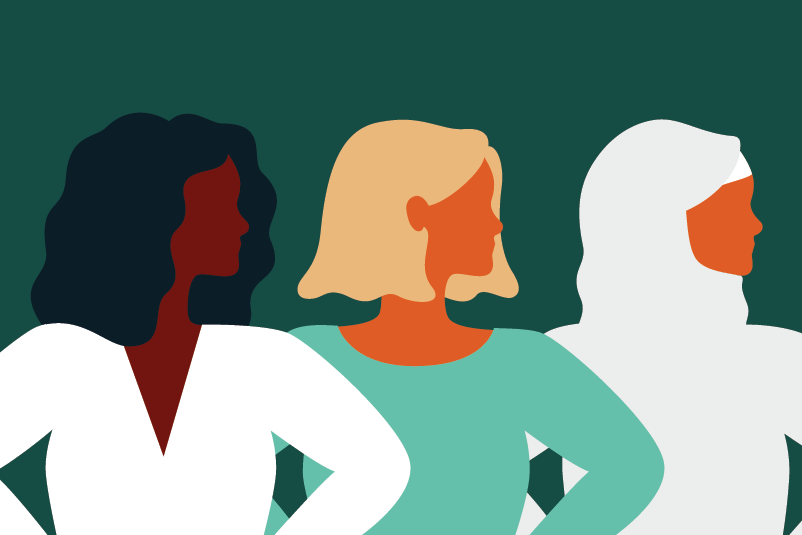#323 How to Slow the Flow II: Levonorgestrel intrauterine systems for heavy menstrual bleeding

Reading Tools for Practice Article can earn you MainPro+ Credits
Join NowAlready a CFPCLearn Member? Log in
- Focusing on most comprehensive systematic review1, 9 randomized controlled trials (RCTs) comparing 52-mg levonorgestrel intrauterine system (IUD) to other medical treatments. Results statistically different unless indicated.
- Percent reduction in blood loss: ~82% versus 26% control (oral contraceptives/medroxyprogesterone acetate).
- Patient satisfaction at 1 year: 75% versus 60% control (oral contraceptives, norethisterone, tranexamic acid/norethisterone).
- Treatment success: 82% versus 43% (control).
- Quality of life: Usually no difference.
- Dysmenorrhea: not reported.
- Breast tenderness: 19% versus 6% (control).
- Ovarian cysts: 4.4% versus 1.3% (control).
- Withdrawal due to side effects: No difference.
- 1 RCT in women on anticoagulants: Reduced bleeding scores (255 versus 156; lower=better), reduced bleeding days per cycle (2 versus 7), and improved hemoglobin (120 g/L versus 100g/L) versus no treatment at 6 months.2
- Pragmatic RCT3, 571 women, IUD versus choice of tranexamic acid/NSAID/oral contraceptive/progesterone only pill. At 2 years:
- Menorrhagia quality of life scale (0-100, lower=worse, baseline~40): 81 versus 67 (control).
- Still on assigned treatment: 64% versus 38% (control).
- At 5 years:
- Proportion on assigned treatment: 47% versus 15% (control).
- No difference in menorrhagia quality of life scores (both >80)3 or surgical intervention rates (~20%).4
- Other systematic reviews found similar.5-8
- Limitations:
- No studies examining other levonorgestrel doses.
- Most RCTs excluded fibroids.
- Evidence usually rated low to moderate certainty (very low for satisfaction).
- IUD likely at least as good as ablation on bleeding, patient satisfaction and quality of life.1
- Indirect comparisons suggest proportion of “responders” (women with <80 ml menstrual blood loss after 3 months): IUD 88%, progestin only pills 64%, oral contraceptives 63%, tranexamic acid 48%, placebo 18%.5
- Blood loss volume does not correlate to patient experience.9







Very relevant and useful learning experience
levonorgestrel IUD most effective treatment
medicated IUD most effective treatment